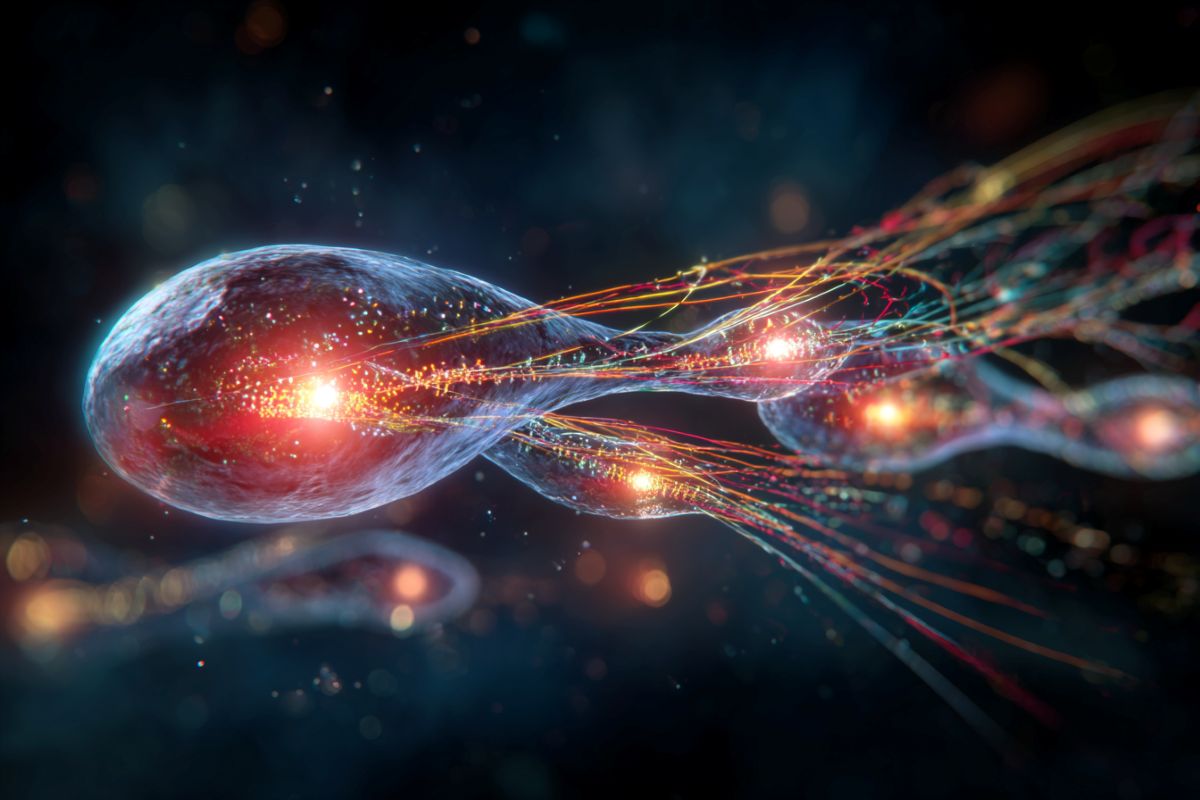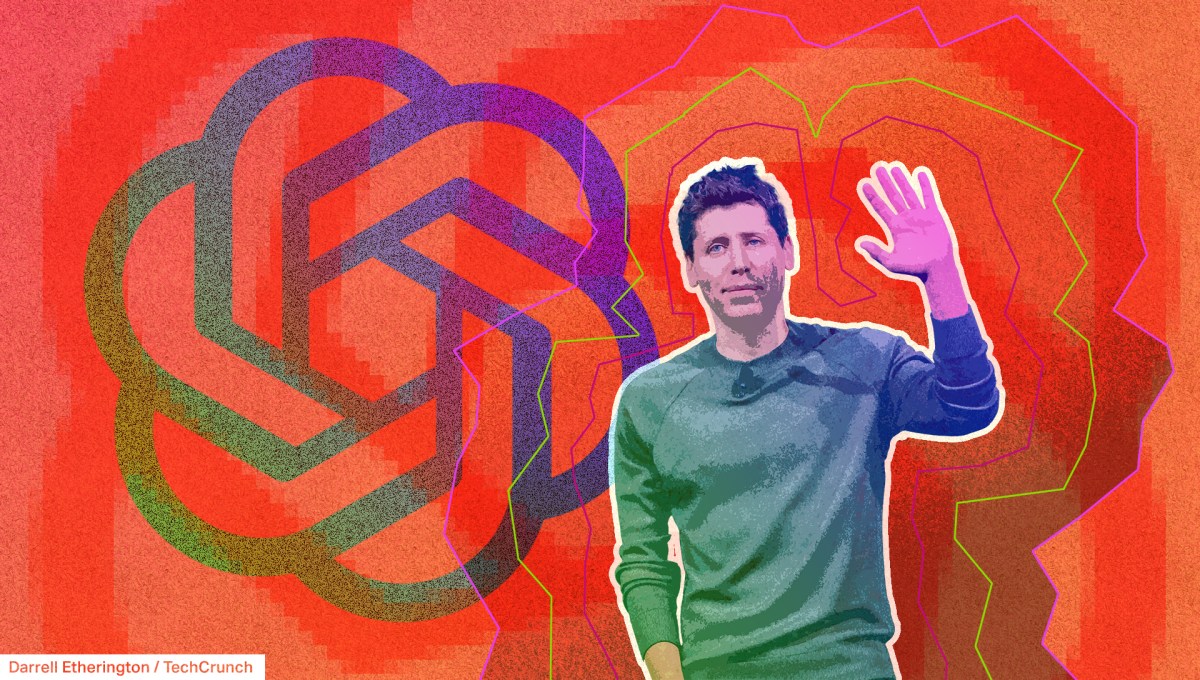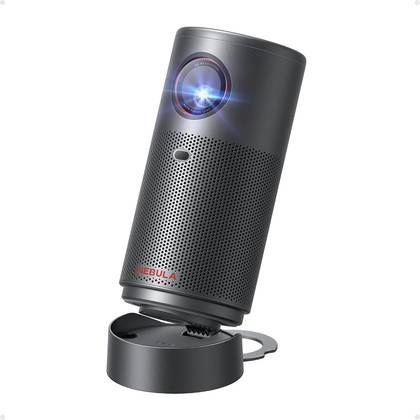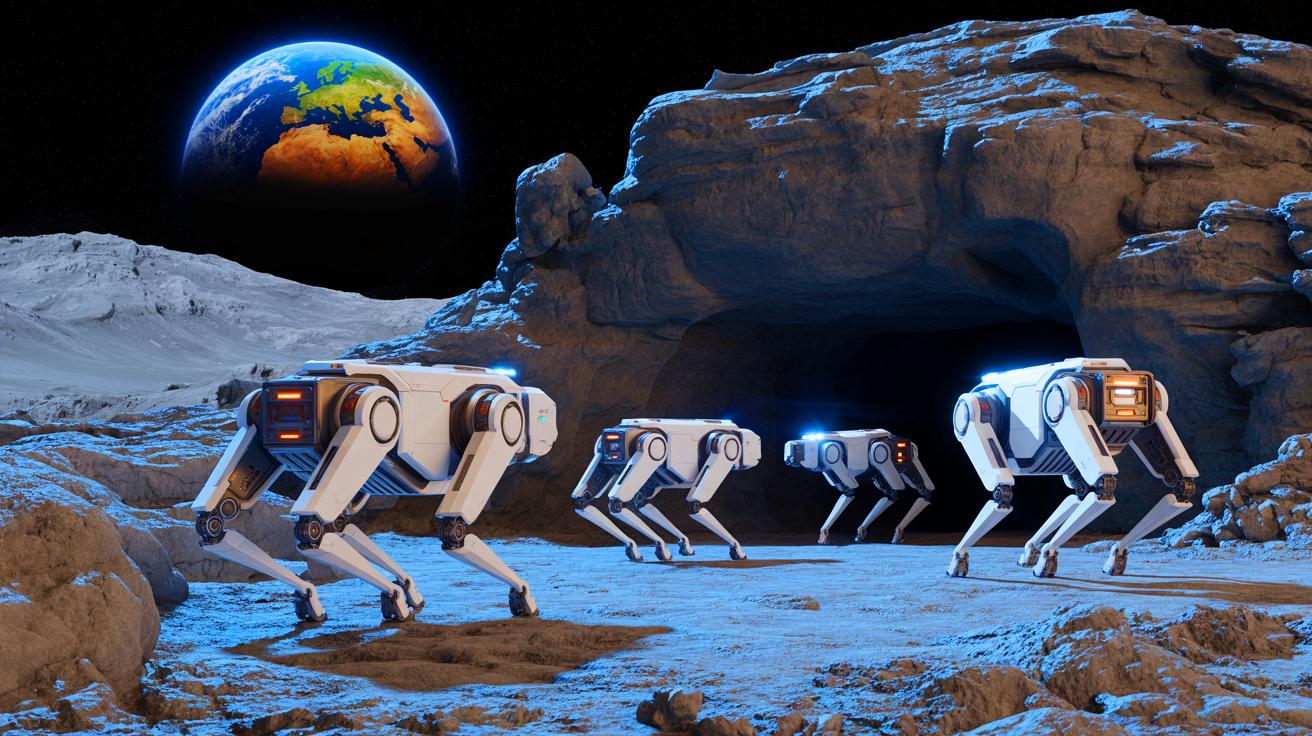Whether we embrace it or not, computer-generated art is gaining popularity. People have differing opinions about it, prompting researchers from the University of Vienna to conduct a small study to explore how individuals perceive such art.
In the study led by Theresa Demmer, participants were presented with abstract black and white block art displayed in a grid. The art was either created by a human artist or generated by a random number algorithm.
Demmer explained, “For the computer-generated images, we intentionally avoided using AI or a machine learning algorithm trained on human-generated art. Instead, we opted for a simple algorithm. The objective was to produce images independent of human influences, seeking the utmost freedom from human bias.”
The choice of block-based art was deliberate, as it could be easily created by both humans and computers. Additionally, the artwork somewhat resembled existing abstract pieces, such as those by Gerhard Richter. This design aimed to provide a realistic experience, assuming that study participants had previous exposure to this type of art.
During the study, participants were informed whether the art they viewed was produced by a human or generated by a computer. They were then asked to rate the artwork and express how it made them feel. Based on the provided information, participants attributed emotions to both human-created and computer-generated art.
However, there was a twist—on some occasions, participants were misled about whether they were viewing computer-generated art. Despite this misinformation, the researchers discovered that people consistently rated human-made art slightly higher, indicating a preference even when they believed the art was computer-generated.
It is important to note that this study had a limited sample size, with only 48 volunteers, each reviewing 24 art pieces. Therefore, it should not be considered conclusive evidence on how people perceive all forms of computer-generated art. However, the researchers find these findings intriguing and plan to investigate further, as stated in their research paper published in Computers in Human Behavior.
Furthermore, it is worth considering that computer-generated art often incorporates some level of human input. In this particular study, Demmer and colleagues attempted to minimize this aspect by excluding AI-generated art, which relies on human-made art for training and may contain more human elements than entirely random art.
Nevertheless, even when exploring a collection of computer-generated art that does not rely on AI based on human-made art, it is still probable that humans have been involved—whether in creating the algorithm or selecting the artwork to present to viewers. Fully eliminating human involvement is a challenge, making it unsurprising that computer-generated art can elicit emotional responses. However, what is intriguing is that in this study, abstract art that is visually similar and created by humans evoked even stronger emotions. This raises the question of whether there was something specific that made people discern the human element in it, a question that potential future research studies may explore.















:max_bytes(150000):strip_icc()/20210814_171303-4947aeb853b7494ba9f67537baae0cc2.jpg)